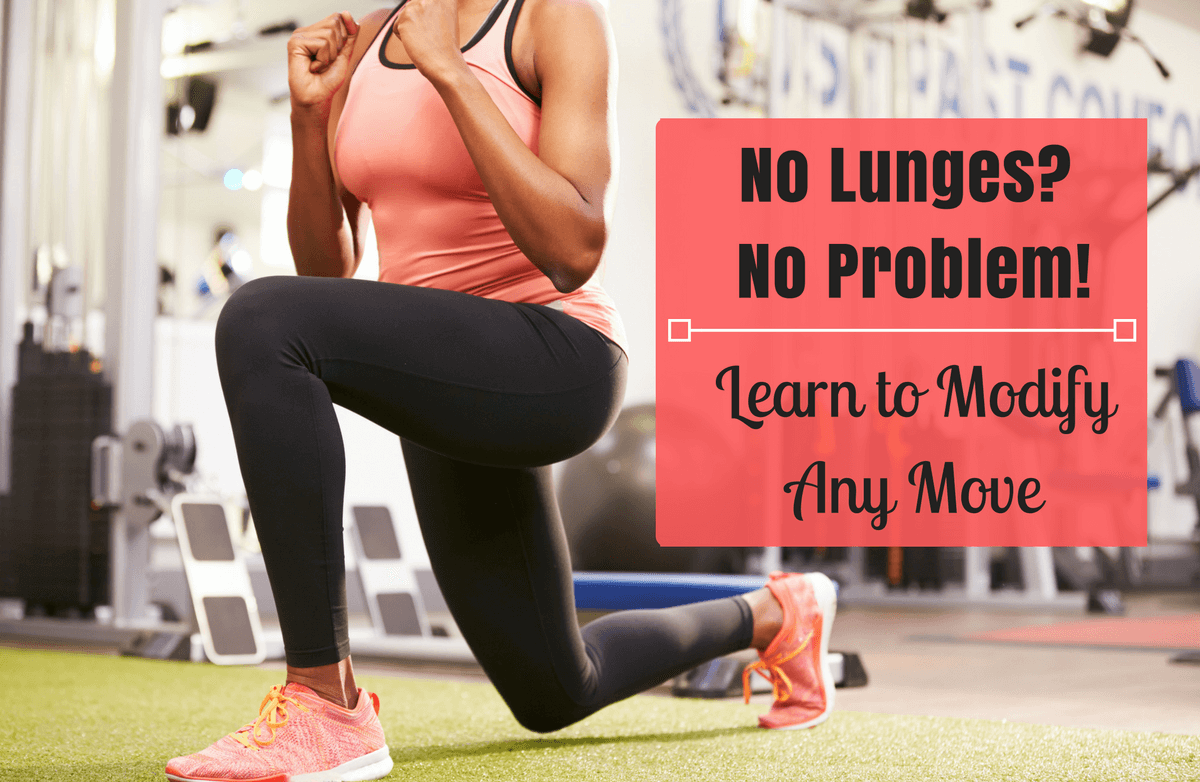|
If you spend much time in the gym, you’re probably familiar with the “mirror muscle” crowd. They’re the guys who spend most of their time doing exercises that work the upper body muscles you can see while looking in the mirror—chest, abs, shoulders, biceps & triceps, and upper traps. They don’t do nearly as many exercises for the opposing muscles—the lats, lower trapezius, rear deltoids, rhomboids, or lower back. You might see them on the leg press or Smith machine once in awhile doing a little lower body work, and maybe they’ll spend 15 or 20 minutes doing cardio a couple times per week. But you won’t see them doing lunges up and down the aisles between machines, or find them in the yoga, pilates, or fusion classes—that stuff’s "just for women." Big mistake! OK—you’re right. It’s not just men who make the mirror-muscle mistake. I just put that “for men only” in the title to make sure quite a few women would read this, too. The fact is that this is a very common mistake for people who do strength training for weight loss, basic fitness, and/or to look hot in a swimsuit, regardless of gender, age, or other factors. Why is the mirror-muscle workout a mistake? Because it often leads to muscle imbalances and postural problems that can wreak havoc on your ability to handle common, every-day tasks. Correct posture, full range of motion, and functional strength can only be maintained when muscles are in balance. When your strength training puts the emphasis on the muscles on the front side of your torso, those muscles will tend to get tighter and shorter over time, while the neglected opposing muscles in your back will get longer and weaker. Your shoulders will start rounding towards the front, your neck and head will start leaning forwards, and you may develop chronic neck and upper back pain (especially if you also spend a lot of time sitting at a computer or at a desk). This postural problem can even lead to serious problems with pinched or entrapped nerves in your shoulders, or a propensity to injure your shoulder muscles (rotator cuff) frequently and easily. And you’ll end up looking like you’re in a perpetual slouch—not exactly the fit and strong look you’re going for. Fortunately, there’s an easy way to avoid these problems. Just be sure to devote equal time to your opposing muscles. When you do a push exercise, like a bench press, do a pull exercise (like a seated row) to balance it, and keep the number of exercises and sets equal for both sets of muscles. If you’re a fan of split workouts, you don’t necessarily have to do the opposing exercises during the same workout, as long as you’re devoting equal time overall. If you’ve already got significant problems with rounded shoulders, or any of the other issues mentioned above, it would probably be a good idea to actually reverse priorities for a little while—do more exercises (2 to 1 would be a good ratio) for the non-mirror muscles, and emphasize stretching the tight, stronger mirror muscles. Here’s a short list of common exercises for mirror muscles, paired with balancing exercises for non-mirror muscles, along with the names of the muscles worked. If you’re not very familiar with muscle anatomy, or which exercises work which muscles, I’d recommend you spend some time on this very helpful web site, which provides a great muscle map with links to both the names of the muscles, their opposing and assisting muscles, and illustrated exercises that work them. Bench press (pectorals, anterior deltoid) Seated row (rhomboids, mid trapezius, latissimus) Flies (pectorals) Rear lying prone flies (rhomboids, mid trapezius, rear deltoid) Lat raises (anterior mid deltoid, upper trapezius) Lat pull downs wide grip (latissimus, lower trapezius) Shoulder press (anterior deltoid) Dumbell rear deltoid row (posterior deltoid) Reverse crunches (abdominals) Back Extension (erector spinae) |
Popular EntriesMore From SparkPeople
|















